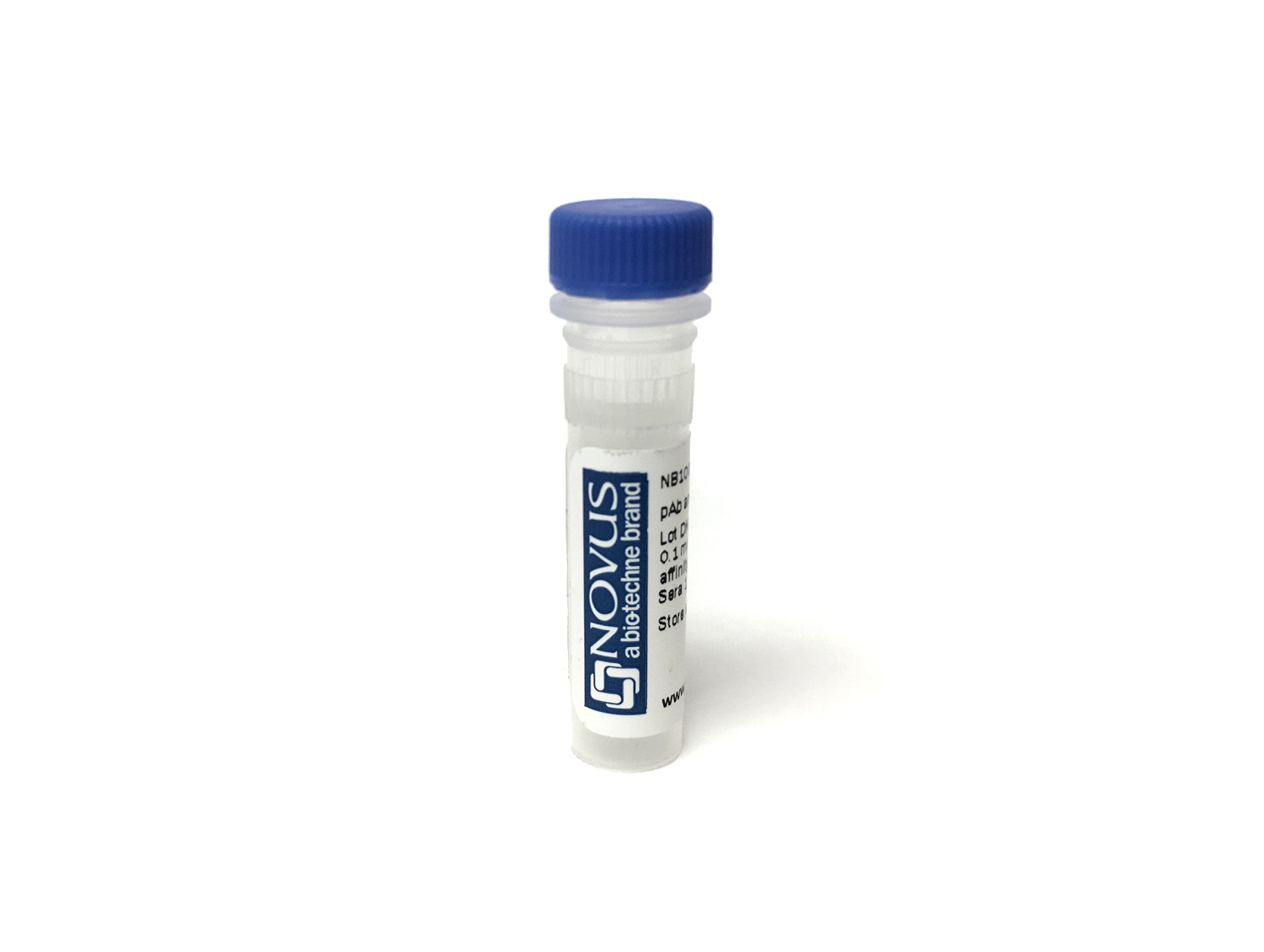Complement Component C9 Antibody (C9-6-25-5)
Novus Biologicals, part of Bio-Techne | Catalog # NBP3-11209

Key Product Details
Species Reactivity
Mouse
Applications
Western Blot
Label
Unconjugated
Antibody Source
Monoclonal Rat IgG2A Clone # C9-6-25-5
Concentration
0.1 mg/ml
Product Specifications
Immunogen
Murine C9 peptide
Clonality
Monoclonal
Host
Rat
Isotype
IgG2A
Description
Novus Biologicals Rat Complement Component C9 Antibody (C9-6-25-5) (NBP3-11209) is a monoclonal antibody validated for use in WB. All Novus Biologicals antibodies are covered by our 100% guarantee.
Applications for Complement Component C9 Antibody (C9-6-25-5)
Application
Recommended Usage
Western Blot
Optimal dilutions of this antibody should be experimentally determined.
Application Notes
For Western blotting dilutions to be used depend on detection system applied. It is recommended that users test the reagent and determine their own optimal dilutions. The typical starting working dilution is 1:50.
Formulation, Preparation, and Storage
Purification
Protein G purified
Formulation
0.2 um filtered solution in PBS, 0.1% BSA
Preservative
0.02% Sodium Azide
Concentration
0.1 mg/ml
Shipping
The product is shipped with polar packs. Upon receipt, store it immediately at the temperature recommended below.
Stability & Storage
Store at 4C.
Background: Complement Component C9
Alternate Names
complement component 9, complement component C9
Gene Symbol
C9
Additional Complement Component C9 Products
Product Documents for Complement Component C9 Antibody (C9-6-25-5)
Product Specific Notices for Complement Component C9 Antibody (C9-6-25-5)
This product is for research use only and is not approved for use in humans or in clinical diagnosis. Primary Antibodies are guaranteed for 1 year from date of receipt.
